ADS Themes 2025/26
Jump to
- ADS0: Agency
- ADS1: Leave Society
- ADS2: Alter–Worlds: Rehearsing Life at the End of the World
- ADS3: Postindustrial Intimacies: Companions on Disturbed Lands
- ADS4: End Matter
- ADS5: Follies
- ADS6: Adaptation: Reading through Making
- ADS7: En Route
- ADS8: Sport Stories: Beyond Competition, Towards New Politics of Movement
- ADS9: Wild
- ADS10: Savage Architecture: Archetypes for a Baroque Economy
- ADS11: Toxic Entanglements
- ADS12: Room–spring
- ADS13: Entangled Ocean: Shoreline Signals
The core learning on the MA Architecture programme is project-based according to a unit system made up of 13 architectural design studios (ADSs), each with a unique set of concerns, methods and critical frameworks.
The core of the programme is a series of project-based activities taught in the first-and second-year design studio units. These are conducted through a vertically integrated system of Architectural Design Studios (ADS) with diverse and innovative positions on contemporary architectural practice that constantly inspire, challenge, motivate, and support each student's individual approach.
Each ADS has two to three dedicated tutors and offers a unique outlook on architecture, thematic interests, and corresponding skill sets that together establish a pedagogical framework articulated through the ADS brief. In their own ways, each studio challenges the role of the architect and considers how architectural design can embody creative responses in an experimental and practical way. The interests of the respective studios span major theoretical and practice-based aspects of architecture today.
Important to the ADS structure is peer learning, with first- and second-year students working alongside one another. The community of students in each ADS is itself an essential structure of the learning environment. The student desks and working spaces are arranged loosely according to ADS to foster collective work and engagement.
ADS0: Agency
Tutors: Steve Salembier, Elin Eyborg Lund & Louis-Philippe Van Eeckhoutte
ADS0 is a studio with a focus on performance, scenography, and installation. The studio's program fundamentally interrogates agency in architecture and explores how the unfolding spectacle of reality can be shaped through staged interventions in space. ADS0 pushes architectural practice beyond the comfort zone of speculative simulation and, instead, urges more intuitive and immediate ways of intervening directly within the ongoing continuum of reality.

Kevin Adorni "Time Mass Compressions" ADS0 2024-25
ADS1: Leave Society
Tutors: Matthew Blunderfield & Cathy Hawley
“You have to understand that Milton Keynes was designed one wet weekend in Camden by a bunch of hippie architects stoned out of their heads.”
It’s hard not to believe this account from the late Christopher Woodward, who had worked for the MK Development Corporation in the 1960’s and 70’s. This year ADS1 will look at visionary collective housing in the context of the “new town” as a newly relevant topic in both the design studio and in contemporary practice. Milton Keynes will be our initial site of study and experimentation.
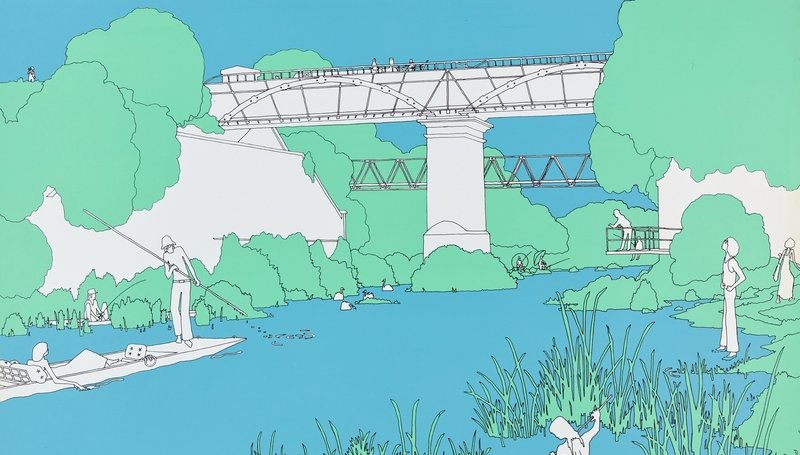
Andrew Mahaddie, Ouse Walk at Cosgrove Aqueduct, 1975
ADS2: Alter–Worlds: Rehearsing Life at the End of the World
Tutors: Lodovica Guarnieri, Shehrazade Mahassini, & Mhamad Safa
ADS2 designs for life in unlivable environments. Working at the intersection of socio-environmental justice and architecture, the studio fosters systemic and reparative projects that support the emergence of liberatory futures from the ruins of empire. Through the design of community activations, sonic atmospheres, urban and/or environmental interventions, counter-pedagogical spaces, and material supply chains, the studio recasts architecture as a practice that resists violence by building infrastructures for the living.
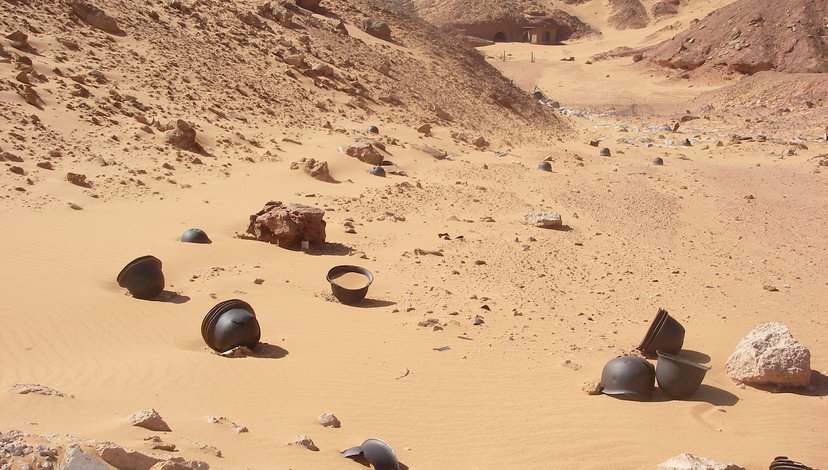
Bruno Barrillot, France’s nuclear sites in Reggane and Ecker in the Algerian Sahara
ADS3: Postindustrial Intimacies: Companions on Disturbed Lands
Tutors: Daniel Fernández Pascual, Alon Schwabe & Rosa Whiteley (Cooking Sections)
Donkeys graze on invasive grasses in abandoned quarries. Boar reclaim suffocated bogs along borderlands and coal mines. Shrimp take over demilitarised zones. Pigeons proliferate in abandoned factories. Water buffalo trample flooded mine pits. In 2025/26, ADS3 examines how animals struggle and thrive in post-industrial sites, forming new relations and alliances with humans across damaged terrains.
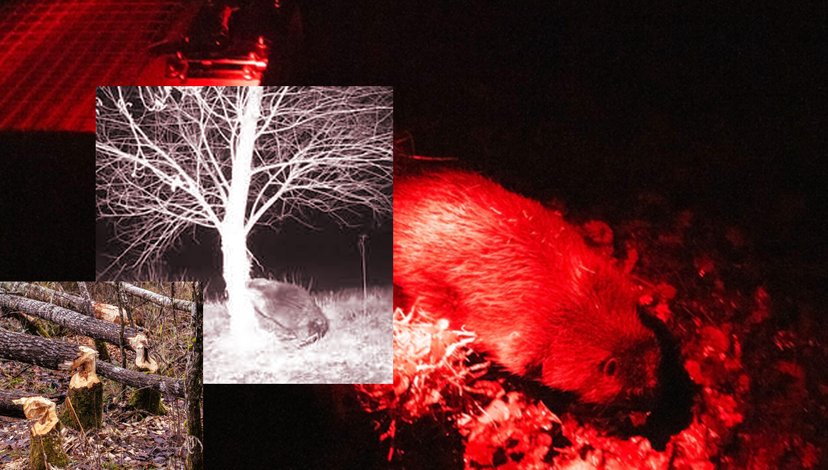
Beaver Bombing in English Chalklands: unauthorised release of Ronnie the Beaver by an unnamed activist. Over the past 20 years, “beaver bombers” have secretly freed up to 200 beavers across Britain in an effort to repopulate the UK and regenerate drained fields and rivers, exhausted by intensive agriculture. Composite: Cooking Sections
ADS4: End Matter
Tutors: Tom Greenall, Matteo Mastrandrea & Nicola Koller
This year, ADS4 will start at the end.
Endings surround us. The world is saturated with them. Some people, places, and things experience them more acutely than others, and these asymmetries are critical to knowing why endings matter. In the face of ecological, humanitarian, and geopolitical catastrophe, asking where things end (up) is more urgent than ever.
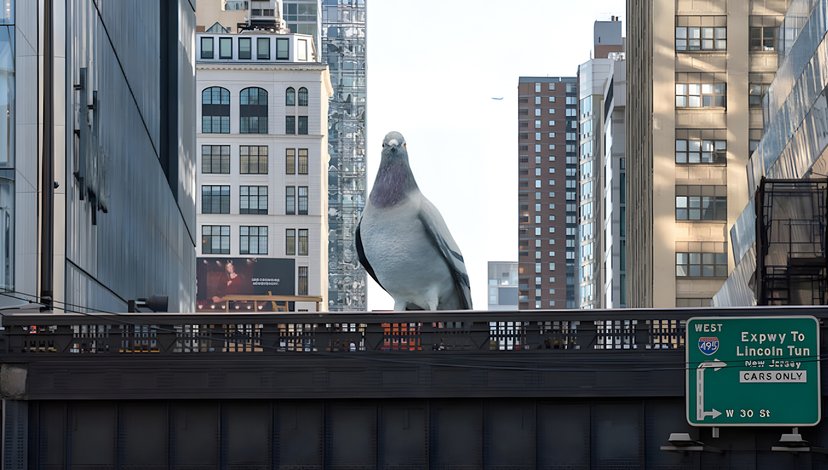
Iván Argote, Dinosaur, 2024
ADS5: Follies
Tutors: Nerissa Yeung, Alex Cotterill & Amin Taha (GROUPWORK)
‘Silly with purpose’, ‘form fools function’, or ‘virtue wears whimsy’. Follies have accompanied architecture for millennia, using and subverting received conventional vocabularies to challenge our constructed orthodoxies. The writer Rose Macaulay, artists Jose Davila and Julia Romano, historian Gottfried Semper, architect Luigi Moretti, and engineer Ove Arup span five hundred years and diverse cultures, yet each reminds us that what we make is rarely born of the realms of utility alone.
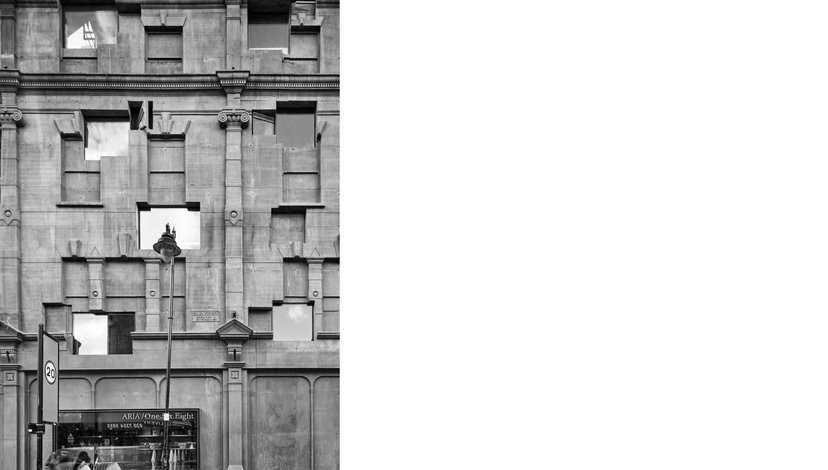
GROUPWORK, 168 Upper Street, 2019
ADS6: Adaptation: Reading through Making
Tutors: Guan Lee, Kate Darby & Marco Campardo
"Being creative is not so much the desire to do something as the listening to that which wants to be done: the dictation of materials." — Anni Albers
Building has an enormous and lasting impact, shaping social relations, economies, and access to resources. Each act of making is local, partial, and specific, tied to the conditions, histories, and ecologies that give it form. Before we make, what questions of responsibility, legacy, and long-term impact must we confront?
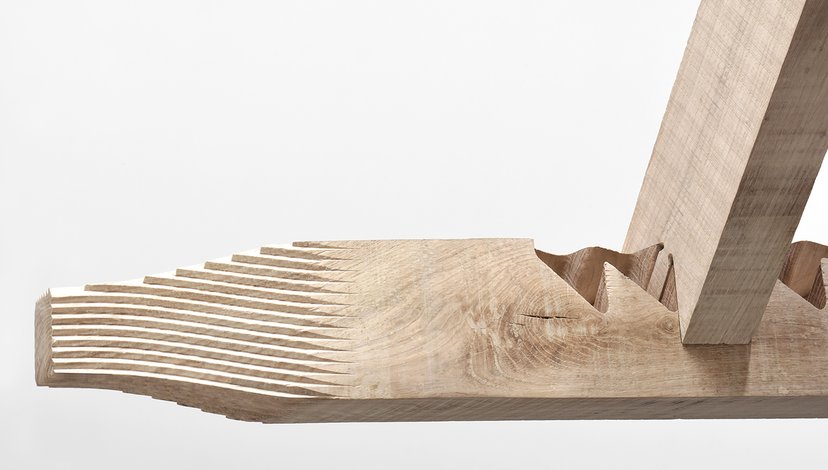
Christopher Kelly, CNC–milled Joinery, ADS6 2014/15
ADS7: En Route
Tutors: Sabrina Morreale & Lorenzo Perri (Lemonot)
“The truth is, of course, that there is no journey. We are arriving and departing all at the same time” - David Bowie
“Route” is simultaneously a verb and a noun: it indicates a way or course taken in getting from a starting point to a destination, but also the act of directing someone along that specific course.
A “route” imbues a space with directionality and physical movement. For ADS7, architecture lies exactly there, between place(s) and action(s).
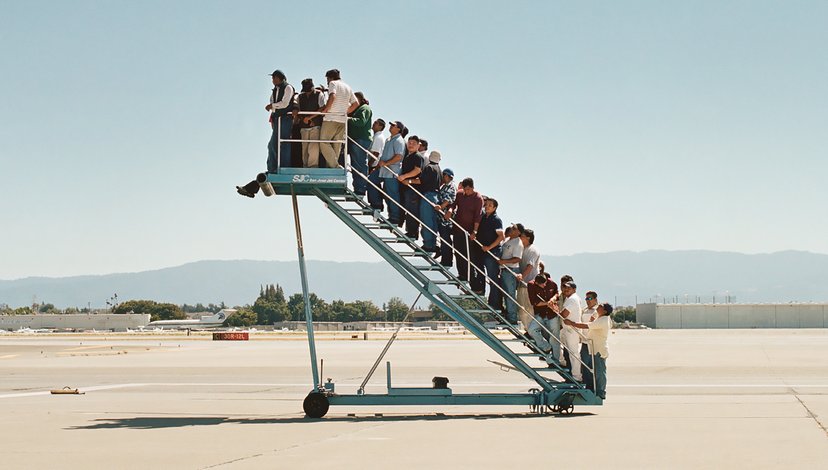
Still from “Centro di permanenza temporanea” (Temporary Detention Centre): offering a commentary on both our need for “incessant mobility”, as well as the absurdly dubbed Italian detention centres for illegal immigrants and refugees, the work is a reflection on “the contradictory state of being permanently temporary” - film by Adrian Paci, 2007
ADS8: Sport Stories: Beyond Competition, Towards New Politics of Movement
Tutors: Ippolito Pestellini & Erica Petrillo (2050+) & Marisa Musing
Both spectacle and practice, sports capture global attention and resources more than almost any other activity, while also permeating everyday life in streets, parks, squares, and beaches. Sport is thus a societal mirror, reflecting class, racial, gender, and ableist biases, at the same time that it offers glimpses of more inclusive, intersectional futures.
Sports are never neutral: they are a contested, ideological terrain.
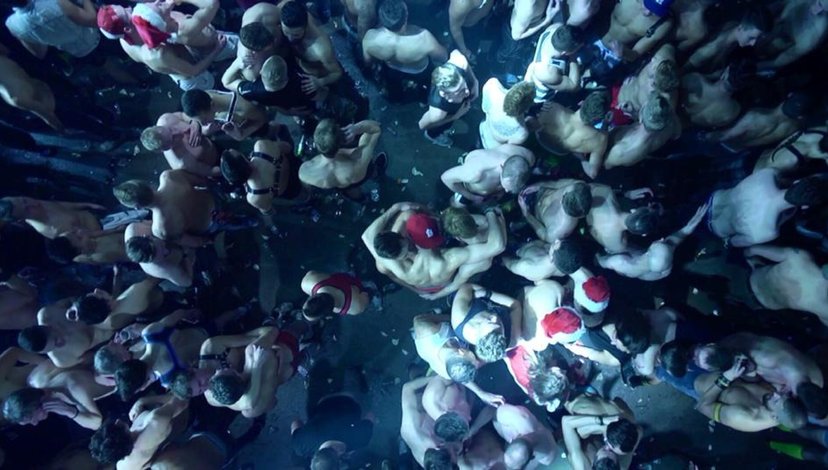
I Dance Alone, Bogomir Doringer, Fun House Party, Amsterdam, 2015
ADS9: Wild
Tutors: John Ng, Michela Falcone & James Chung
ADS9 focuses on land by challenging architecture’s indifferent relationship with the land. The studio’s investigation centres on a simply stated but complex design question: How does architecture touch the ground?
Wild is not nature. Nature wears gloves. Wild bares its teeth. Architects tried to tame it, with boulevards, bylaws, and Bauhaus. But even glass remembers sand, and concrete mourns the quarry. Wild is feral, it is a word that escapes boundaries. Wild ruptures and rebels.
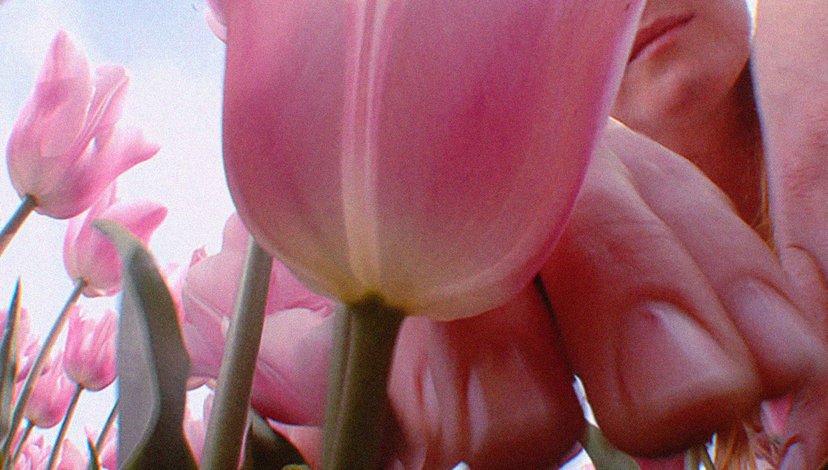
Pour Your Body Out (7354 Cubic Meters), Pipilotti Rist
ADS10: Savage Architecture: Archetypes for a Baroque Economy
Tutors: Davide Sacconi, Gianfranco Bombaci & Olivia Neves Marra
Within and against a world where every thought and action is exploited for its economic value, a constellation of collective subjects – workers cooperatives, indigenous communities, collaborative organisations, etc. – is struggling to preserve, develop and practise ways to reclaim the wealth of resources created by capitalism for the common good.
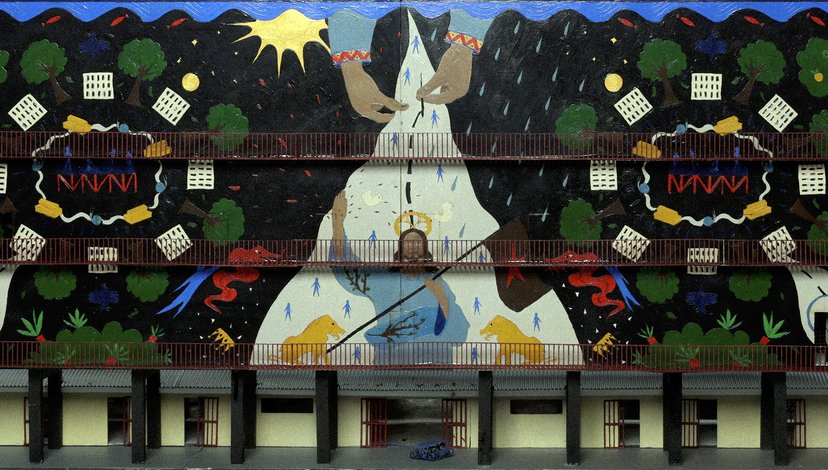
Amrit Rupai, Casa Comunale, ADS10 2024-25
ADS11: Toxic Entanglements
Tutors: Francisco Lobo & Romea Muryń (LOCUMENT) & Christopher Sejer Fischlein
ADS11 conducts research on artificially generated toxicity and its effects on humans, other-than-humans, and the environment. This year’s iteration of ADS 11 will focus on water and soil’s absorption of toxic materials. The contamination of soils, rivers, groundwater, and marine waters by toxic assemblages burdens our bodies and the environment in forms that remain unknown.
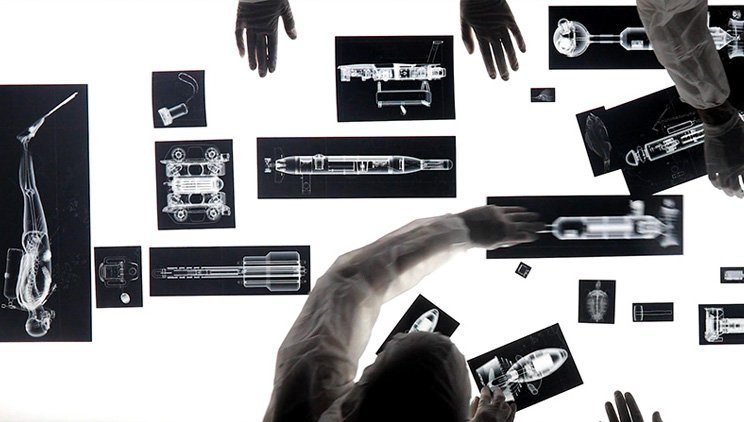
Teatro Della Terra Alienata, Grandeza Studio and Miguel Rodriguez-Casellas (2019)
ADS12: Room–spring
Tutors: Benjamin Reynolds & Valle Medina (Pa.LaC.E)
Room-spring treats the home as a spring: source, coil, and seasonal surge, where bodies can shed, re-calibrate, and “flower” through Telepeautic Living: attunement at a distance carried by scent, heat, voice, breath and information, choreographing spring-tendril dynamics. Presence is felt rather than seen: programmable atmospheres replace images; timed olfactory chords, dark-listening fields, and thermal gradients invite risk and repair without clinic or crowd.
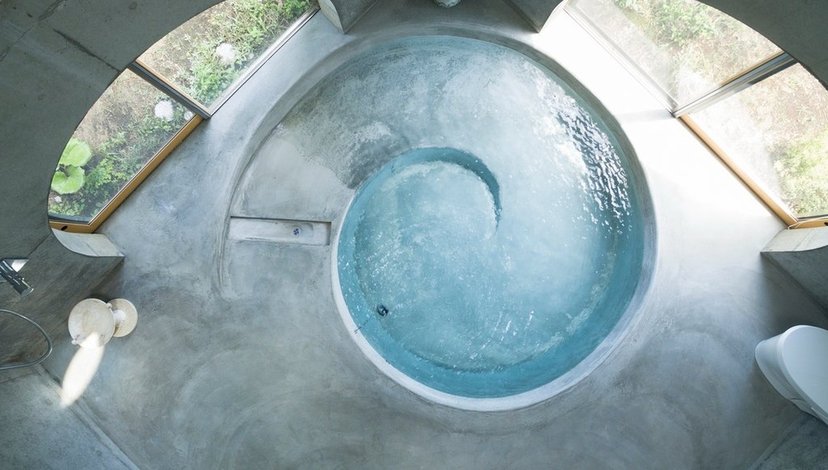
ADS13: Entangled Ocean: Shoreline Signals
Tutors: Bethany Edgoose & Nathan Su (Inferstudio)
“How inappropriate to call this planet Earth, when it is quite clearly Ocean.”
- Arthur C Clarke
Saltwater covers 70% of our planet’s surface. The intricate physical mechanics of the ocean enable habitable terrestrial climates and a breathable atmosphere; it is the reason life (as we know it) is possible.
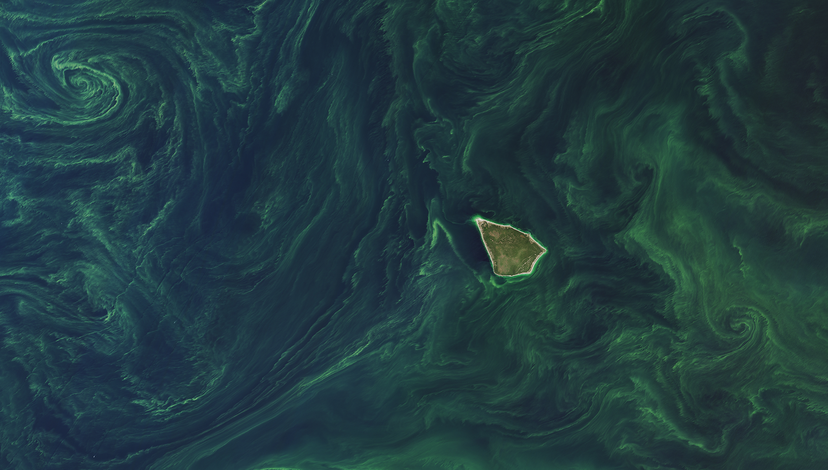
Phytoplankton blooms trace ocean currents in the Baltic Sea; their presence signalling possible oxygen depletion caused by excess nutrients in the water from agricultural fertiliser and sewage runoff. LANDSAT photograph by Michala Garrison (NASA Earth Observatory), 2025